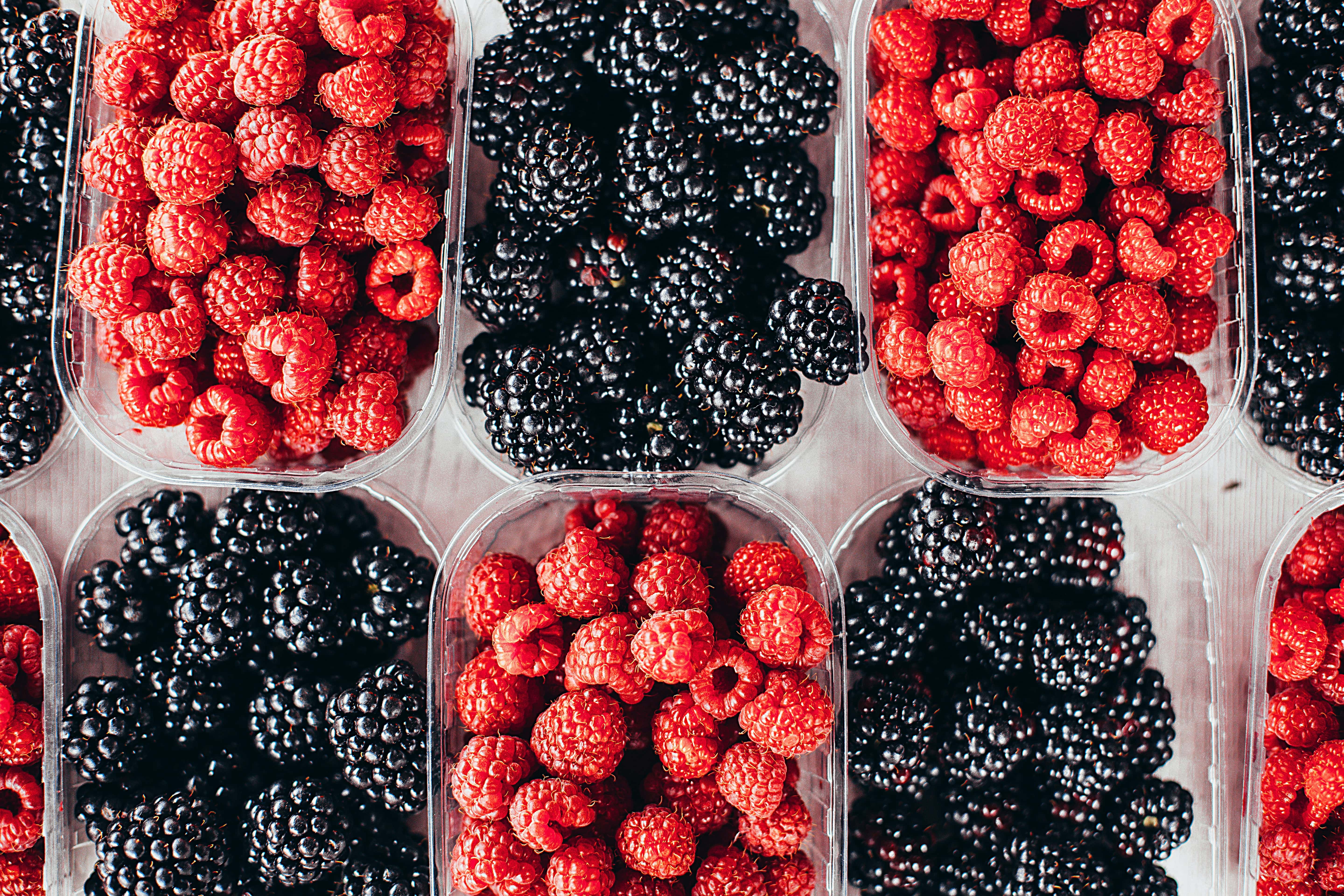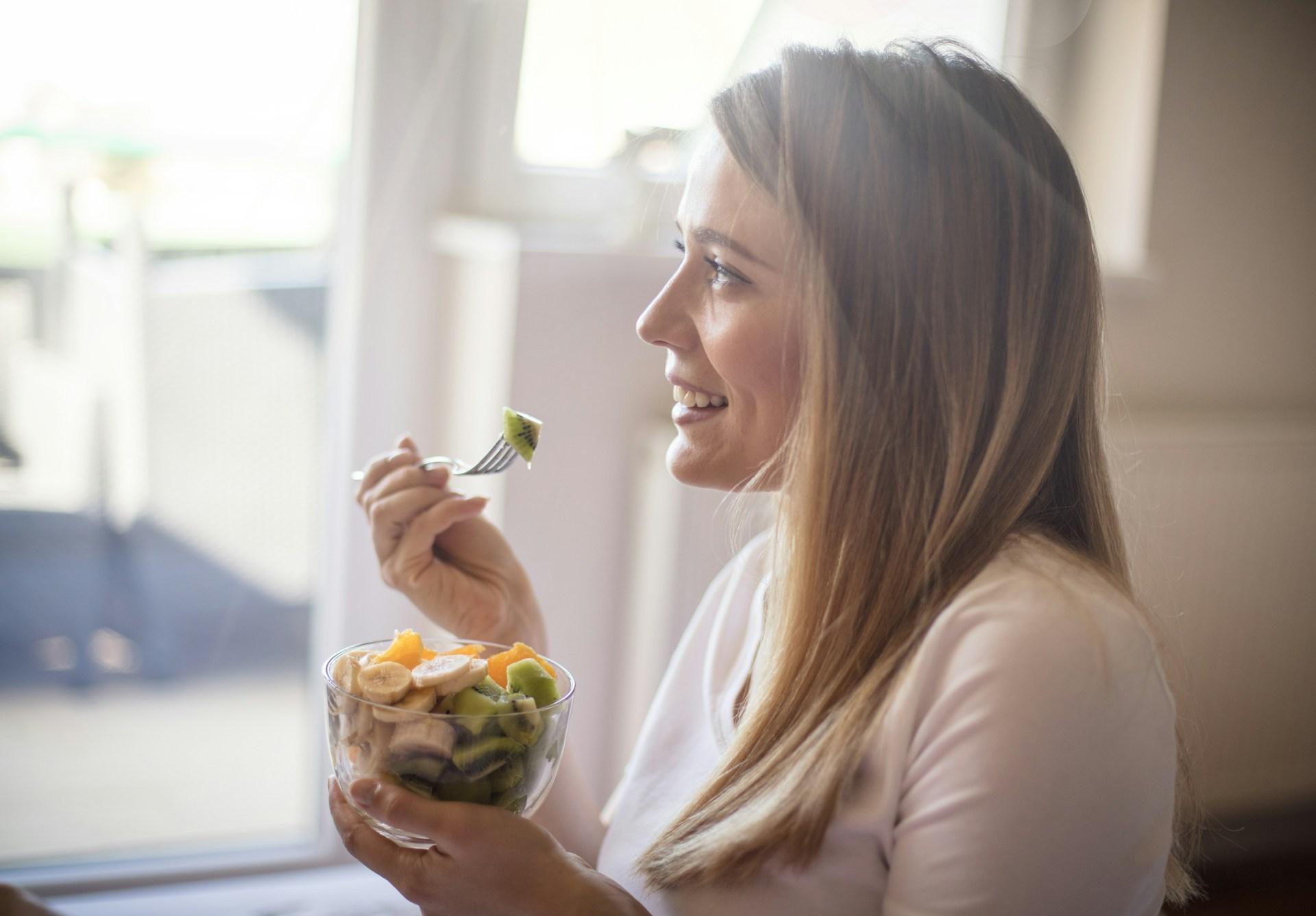If you have inflammatory bowel disease (IBD), chances are you’ve had a healthcare provider tell you to follow a low fiber diet. Or perhaps you’ve been told that what you eat doesn’t matter at all. Not true! Research shows that dietary patterns as well as certain foods and food additives can increase or decrease your risk for IBD onset and/or flares.
In general, patients with IBD should follow an anti-inflammatory Mediterranean style of eating that emphasizes fruits, vegetables, whole grains, legumes, nuts, seeds, fish and seafood, and herbs and spices. In contrast, IBD patients should avoid ultra processed foods, artificial sweeteners, processed meats (bacon, sausage, hot dogs, etc.), and excess amounts of added sugar. Despite what you may have heard, it is possible to follow a Mediterranean diet with IBD. It may just take some modifications based on your disease state and severity.
Many people falsely believe that fiber can lead to flares in patients with Crohn’s disease and ulcerative colitis. But in fact, the opposite is true. We know that fiber is important for human health, including in patients with IBD.
So what exactly is fiber, and why is it good for us?
Fiber is a non-digestible carbohydrate found in plants. Most carbohydrates are broken down into their simplest form and then absorbed in the small intestine. Fiber, however, makes it to our colon without being broken down by our digestive system. The gut bacteria in our colon use fiber as fuel, producing beneficial byproducts as a result. Butyrate, a short chain fatty acid, is one of those byproducts. It is known for decreasing inflammation and keeping our gut barrier strong (thus preventing what’s commonly referred to as “leaky gut”). Butyrate production isn’t fiber’s only superpower. It also helps to regulate blood sugar, lower unhealthy cholesterol levels, and keep bowel movements regular.
It’s important to keep in mind that there are two different types of fiber: soluble and insoluble. Soluble fiber produces a gel-like substance in our gut, drawing water into the colon and slowing down digestive transit time. It can be helpful for both constipation and diarrhea management. Insoluble fiber, on the other hand, adds bulk to stools. It passes through the digestive tract more quickly than soluble fiber.
Patients with IBD may benefit from a low insoluble fiber diet rather than a general low fiber diet. Insoluble fiber is like the “roughage” of plant foods. Think – the stems of asparagus, the skin of a potato or apple, the strings on a stalk of celery, or the seeds in a raspberry. Because of their rough nature, they may irritate the gut, worsen symptoms like bloating and gas, and potentially cause obstructions in patients with a history of abdominal surgery or with stricturing Crohn’s. But don’t lose hope! Many foods high in insoluble fiber can be modified in texture, form, and/or consistency so that they may be incorporated into a healthy, IBD-friendly diet.
Modifying High-fiber foods for IBD
Now that you know fiber does not cause IBD flares, you might be wondering how you can start incorporating it back into your diet. It’s key to go slowly – adding too much too quickly can cause a variety of unpleasant symptoms.
- Mashed avocado on sourdough toast
- Carrot and ginger soup pureed with coconut milk
- Fruit + vegetable smoothies
- Roasted butternut squash with cinnamon and turmeric
- Peeled pear + smooth almond butter
- Soaked overnight rolled oats with almond milk and Greek yogurt
- Peeled English cucumber slices with hummus
Reintroducing fiber-rich foods
Please keep in mind that although many foods can be modified to lower their insoluble fiber content, some foods just may not work for you, and that’s okay. A food could be irritating you for reasons other than its fiber content. Keeping a food and symptom journal is a great place to start in identifying what some of your specific trigger foods are.
- Introduce one new food at a time.
- If a food has a peel, peel it.
- If a food has seeds, remove them or blend well in a high powered blender (for example, try blending blueberries into a smoothie).
- Chew your food well (think 20-30 times per bite).
- Eat slowly and mindfully.
- Choose small portions of new foods.
If you need help creating a plan that works for you, we suggest working with a registered dietitian. Get started.






